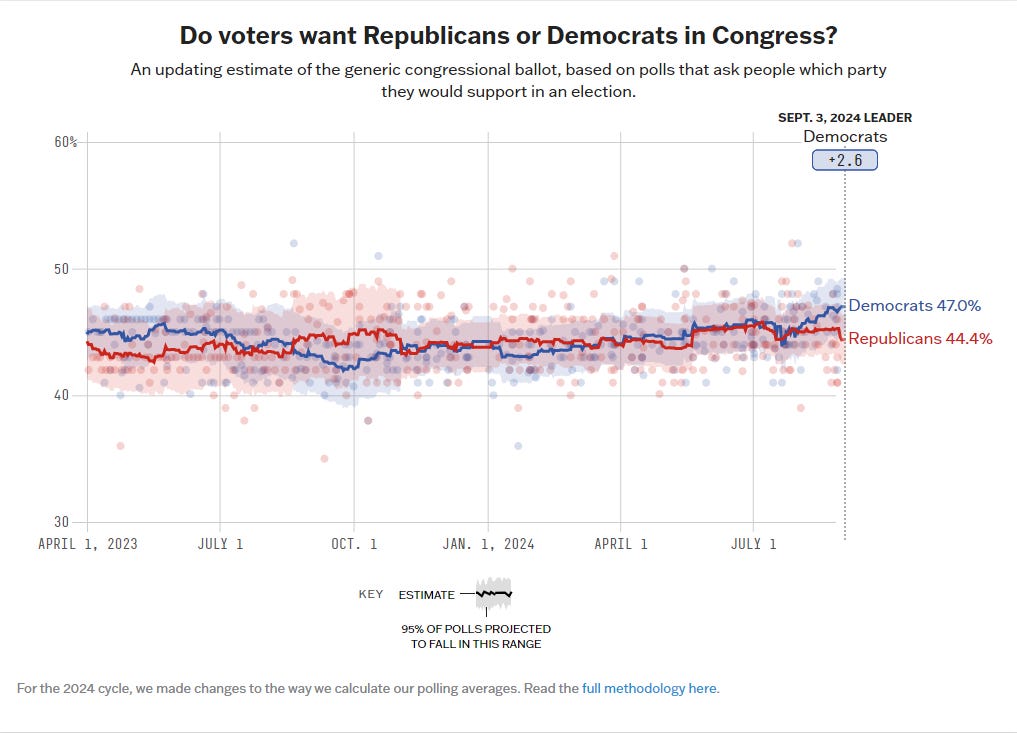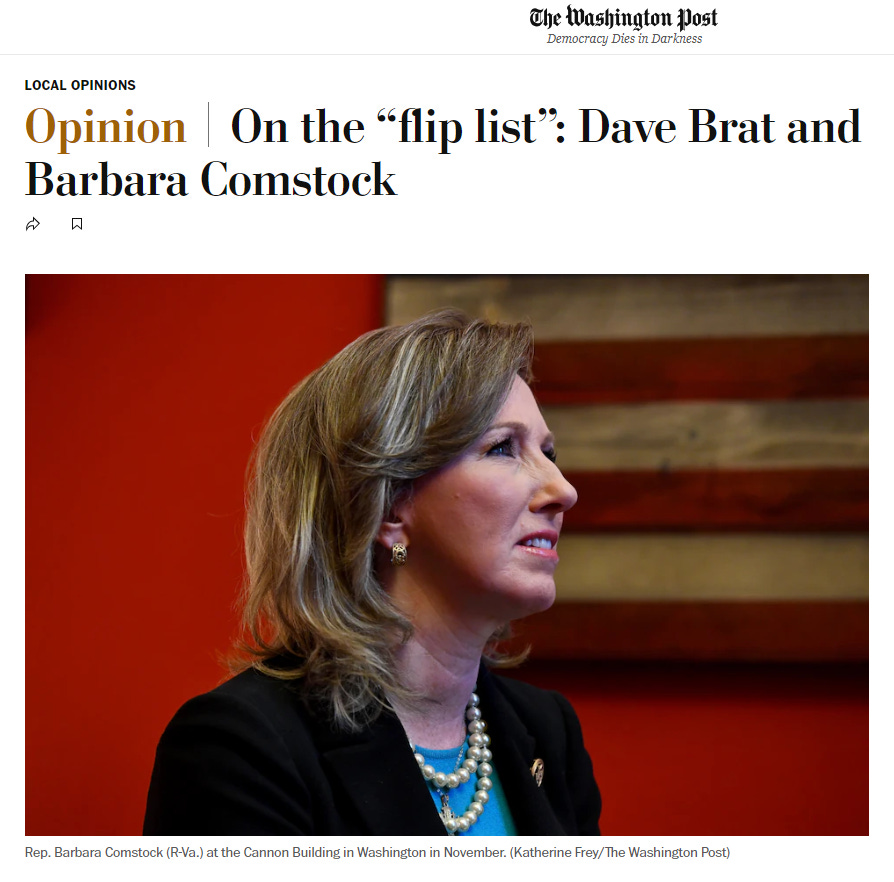Those of you who started this journey with me back in 2018 will remember that once upon a time, I forecasted the size of the 2018 midterm Blue Wave months before Election Day, and long before Nate Silver (much to his chagrin).
At the center of that work was my attempt, coming from academia, to modernize the election analyses provided to the public through well-known site’s such as The Cook Political Report and 538, both of which did not seem to understand the increasing importance of polarization in American elections and weren’t accounting for it in their models or analyses.
Much of this work centered on bringing attention to what is called in political science political realignment/dealignment, which refers to the fact that the American electorate is not static, different demographic/regional groups supporting different parties at different times.
Realignment/dealignment is how the Democratic Party, once the party of rural voters and “state’s rights” segregationists with its main power base in the South is now the party of urban/suburban voters with it’s main power bases in the Northeast and the West coast.
Though an accepted fact now, educational realignment (college educated voters moving to the Democrats, non-college educated voters moving to the Republicans) was newish back in 2018, and had largely, though not totally, failed to truly penetrate the consciousness of the internet analysts.
Because 2018 was almost a decade after the 2010 redistricting, one of the main tools analysts relied on to decide whether a race is competitive or not, or how competitive it is, the Cook PVI score, was no longer accurately capturing potential Democratic Party performance in certain suburban-heavy districts like Virginia’s 7th district which at that time was coded as an R+7 while simultaneously over-representing Democratic Party performance in dealigning rural districts they’d held for decades, predominately in the Midwest.
I gambled that districts with high rates of college educated voters like Virginia’s 7th and 10th district were going to produce massive swings to the Democrats, powered by something else from political science literature called negative partisanship, which is the fear, threat, and even hate partisans feel in relation to the opposition party. 2018 was a year in which hate was on the ballot.
(Fun Fact: Barbara Comstock and I are friends now even though I predicted her loss, she’s a great lady and a real patriot)
Anyhoo, all of that is just a long wind up to get to the point of today’s election update, which is to clarify exactly what House races provide the best probability for Democrats to flip the House.
Keep reading with a 7-day free trial
Subscribe to The Cycle- On Substack to keep reading this post and get 7 days of free access to the full post archives.





